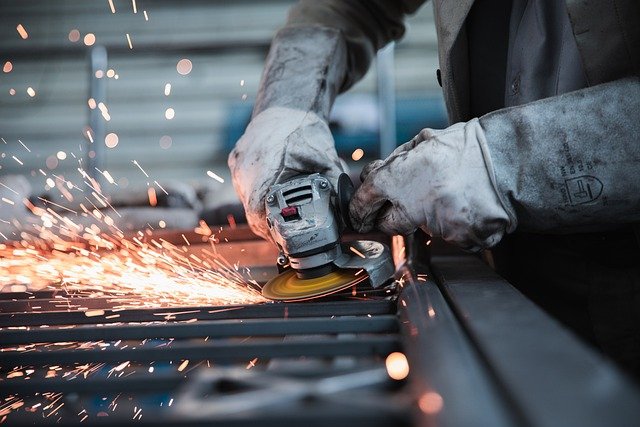As one of the most important industries for boosting any country’s economy, manufacturing and production have received a good load of attention in the past few decades. We’ve witnessed a substantial upgrade in technology over the years. So much so, that how these processes pan out today has nothing but mere traces of how things were done a decade or two ago.
The recent industrial revolution, also going by the name of Industry 4.0 has moved the industry almost completely towards automated processes. This could be through the introduction of the internet of things (IoT), the evolution of CNC machines, automation, and robotics, cloud computation, augmented reality (AR), and more. The industry has turned intelligent, so to speak, and we’re partially cutting down on manual dependency.
We’re moving towards a more structured, pre-planned, well-orchestrated mode of production, one that delivers on both quality and quantity and helps in maintaining the perfect demand and supply balance.
Let’s dig into some of these technological changes that are currently governing the manufacturing industry and are sure to evolve and dominate the industry in the future.
Internet of Things (IoT)
We’re sure you’ve heard of this term, but even if you haven’t, we know you’ve had first-hand experience using this technology. If you own a smartphone, a smartwatch, a smart fridge, a smart car- basically anything you own with the word ‘smart’ in it is probably an IoT. The smart here refers to the connectivity to the internet that allows these devices to make logical decisions based on environmental analysis. All these smart tools are usually connected to a singular server or cloud for easy accessibility and transparency of all data and analytics stored.
And for the manufacturing industry, the effects of this innovation have been massive. From producing to assimilation, storage and inventory management, even the movement of goods across the floor; IoT has taken over it all.
Evolution of Computer Numerically Controlled (CNC) Machinery
The manufacturing industry values time, accuracy, and precision more than anything and that’s exactly why CNC machinery has become a necessary addition here. You could say that technology was part of the 2nd industrial revolution, being initiated by John T. Parsons of Parsons Corporation in Transverse City. The first one to realize that machinery being connected to computers was the future of the industry.
The current CNC machinery is obviously very different from the initial ones, but they have been based on the idea of quicker, easier and better production with minimal quality differentiation. These machines have revolutionized how production works, making it an integral part of the process. You can find good quality CNC machines online, both new well as used.
Robotics and Automation
Robotics and manufacturing go hand in hand. Why? Because of the growing need for more precision, accuracy, speed, and durability.
Unlike humans who are more prone to making mistakes, a robot can get the work done quicker and with a marginal advantage of error-free manufacturing. This takes away repetitive, dangerous, and mundane tasks from the manual workforce and allows them to concentrate on other tasks. The complete idea of using robots at the workplace is to reduce dependency on staff for labor that can be performed better with automated machinery.
The infusing machine for pre rolls exemplifies the transformative power of robotics, even in niche industries like the cannabis market. These machines streamline the intricate process of infusing pre rolls, ensuring consistency and efficiency. By automating this meticulous task, businesses can establish a standard of quality while maximizing productivity.
Not only this, but automation also allows you to be more cost-effective, bringing in a better return on investments (ROI). You invest less time (automated tasks), less money (on employing labor), and produce higher quality products (with low error rates).
Cloud Computation
The use of cloud services has really changed the face of manufacturing. Collaboration was made easy, productivity increased and communication simplified. A common server for multiple systems across multiple sites that are separated by geographies, cloud dependency has helped organizations maintain the quality and accuracy of work.
Cloud-based technology reduces technical problems that usually arise from individual software.
With no requirement for in-house servers, you end up saving a buck or two.
Varying levels of management can access data from the same cloud, supporting transparent communication.
The manufacturing industry is going through some grand changes, from the type of machinery being used to how the machinery is operated. We’ve become more dependent on a sync up between manual and automatic, a synergetic association that is leading us towards more precise, accurate, and efficient performance.
Whether we refer to the CNC machines we’re currently relying on to get our work done effectively, automation that has made repetitive tasks easier to carry out, or cloud computation that connects all levels of management via a single server. All these technological advances have simplified the way we operate, taking away manually taxing tasks and allowing us more room to experiment with more important ones. The best part though, this is only the beginning. The pool of knowledge we still have to explore is so vast, we don’t know where we’ll end up in the next decade.

0 Comments